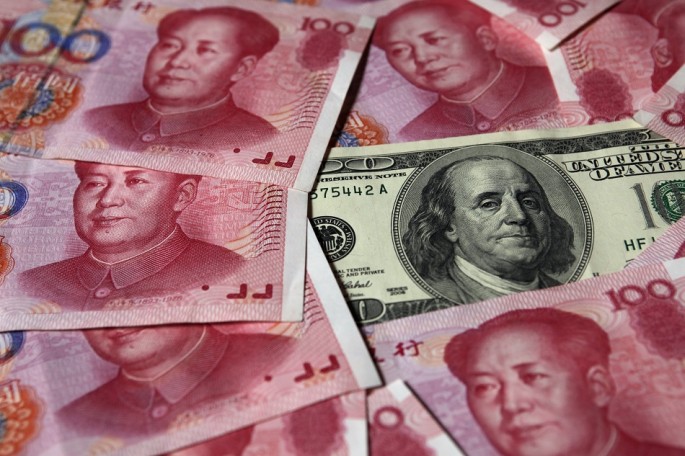The Chinese renminbi has become the fifth most used currency for trade worldwide, just behind the U.S. dollar, euro, British pound and Japanese yen.
It had a two-notch improvement from its No. 7 spot in Jan. 2014 and is more popular that the Canadian and Australian dollars and the Swiss franc.
Global financial transaction messaging platform SWIFT reported Wednesday that 2.06 percent of the world's inbound and outbound trade is settled in the Chinese currency as of Jan. 2015.
According to André Casterman, SWIFT's global head of corporate and supply chain markets, this is due to China being one of the main exporting and importing countries in the world.
Most of these renminbi transactions are driven by China and Hong Kong.
In terms of documentary credits, the Chinese currency is number two globally with 9.43 percent, up from the 7.32-percent market share it had in Jan. 2013.
On the other hand, the dollar's share in the global documentary credit market has dropped to 79.73 percent in Jan. 2015 from 82.69 percent in Jan. 2013.
China, Singapore and Hong Kong are the top three countries using renminbi as currency for documentary credits. The globalization of the renminbi is one of the country's main thrust in seeking economic reforms.
Through this, China would no longer need to invest in U.S. Treasuries. By encouraging a two-way flow of capital, China hopes that more foreign entities would borrow in renminbi.
However, the renminbi has been steadily weakening against the U.S. dollar since late last year.
It is frequently approaching the 2-percent lower limit of its daily trading band against the dollar in the country's foreign exchange market.



























